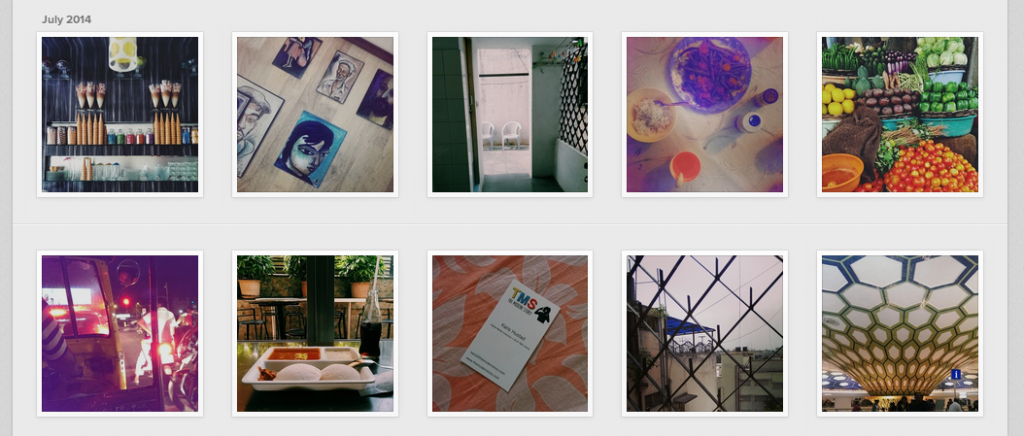That Big Red Bag with the Brown Ribbon: My Fresh Start in Hyderabad
What is a fresh start? If I were to explain it, I’d say moving across the world one week after graduating from college is a pretty solid example. But in my first few days in Hyderabad, I found that even in this time of transition, and in this unfamiliar place, I had been holding myself back from the beauty and value that can be found in the start of something.
This lesson came to me in the disappearance of one red suitcase, distinguished by a brown ribbon on the handle and full to bursting with every comfort I could fit within range of the 50lb weight limit. Long story short, a fellow traveler mistakenly took my bag at the Mumbai airport, leaving an identical bag- save for its thinner size and lack of ribbon- in its place, and leaving me without the belongings I’d packed for my time here.
What’s incredible is that this mixup has actually turned out to be a blessing in disguise. Spending my first week in Hyderabad without the suitcase full of items I’d curated to make myself feel as at home as possible really forced me to immerse myself in the city more than I would have otherwise. And it wasn’t long after buying my first few pairs of loose, patterned pants and trying out coconut oil as a substitute for the hair products I’m used to that other areas where I’d had the urge to skip the starting stage began to present themselves. I wanted to bypass the point of building initial connections with my co-fellows and get to the part where we all feel like we deeply know each other. I wanted to slide past feelings of unfamiliarity with the city and get to a place where I’d know where to go, how to get there, and whether the auto rickshaw driver was trying to overcharge me for the ride. I wanted to avoid the the nervousness of speaking in front of the students and feel like a pro in the classroom. But I’ve come to see that acclimating to a new place, a new job, a new community, is a lot like Monopoly. If you don’t pass GO, you don’t collect $200. Skipping the scary or uncomfortable stages of a new beginning means missing out on what comes along with them. Even if that means getting lost in a new neighborhood or getting a few butterflies in the stomach in front of the class, it’s worth it to commit to the fresh start. Because that’s where learning happens.
To give an update, the airline has found my suitcase and it’s currently on its way to me. (When it will get here, no one knows. That’s another lesson about India for another time.) And though I’m definitely excited to be reunited with my contact lenses and granola bars, I’m grateful I had to spend my first week in India without that big red bag with the brown ribbon.


